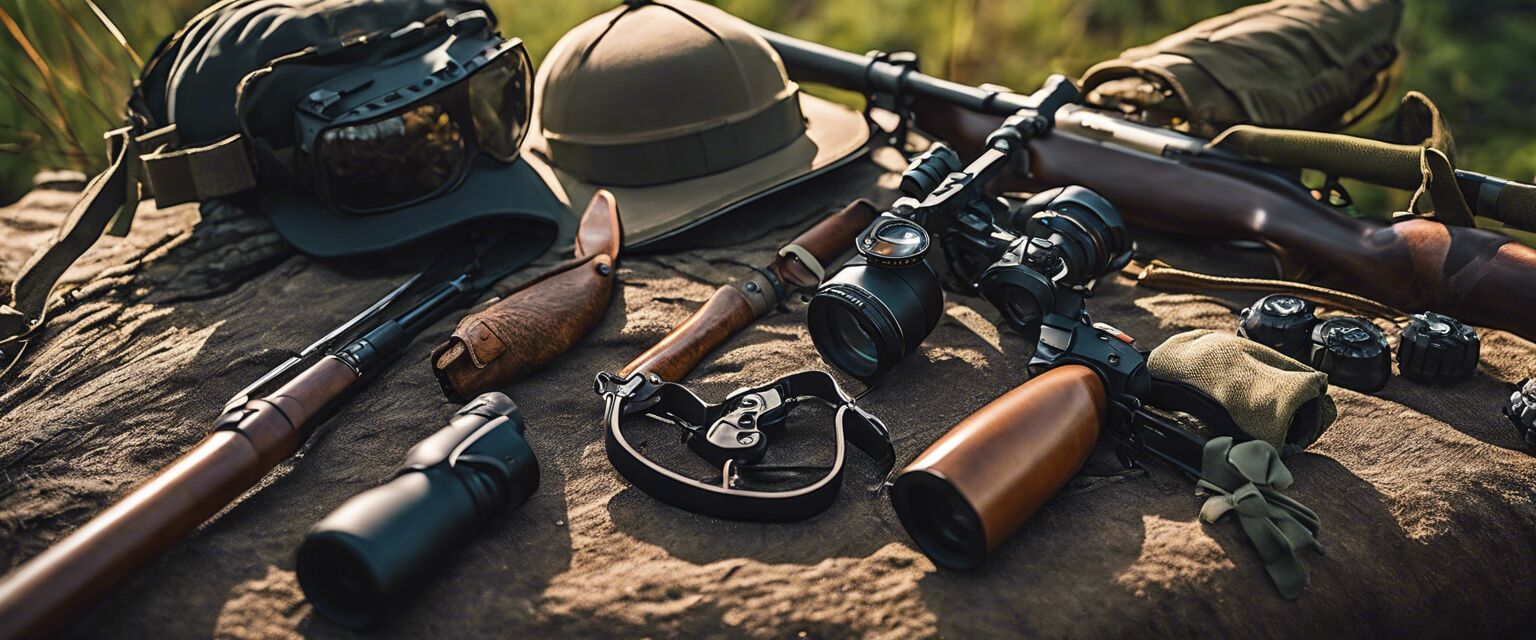
Bow Hunting Safety
Key Takeaways
- Always wear appropriate safety gear.
- Understand and follow local hunting regulations.
- Practice proper bow handling techniques.
- Be aware of your surroundings and other hunters.
- Always check your equipment before heading out.
Bow hunting is an exhilarating sport that requires skill, patience, and most importantly, safety awareness. With the right practices in place, you can ensure a safe and enjoyable hunting experience. In this article, we will explore the best practices and safety tips for bow hunters, allowing you to focus on what you love most about bow hunting.
Understanding the importance of bow hunting safety
Safety in bow hunting cannot be overstated. Unlike gun hunting, where sound and range can cause immediate danger, bow hunting requires a higher level of personal responsibility. It's crucial to understand and implement safety measures to protect yourself and others in the field.
Common hazards in bow hunting
- Improperly used equipment
- Neglecting to wear safety gear
- Not communicating with other hunters
- Inadequate preparation
Essential safety gear for bow hunters
Investing in appropriate safety gear is a fundamental step towards a secure hunting experience. Below is a list of essential items you should consider:
| Safety Gear | Description |
|---|---|
| Safety Harness | Prevents falls when hunting from elevated positions. |
| Protective Eyewear | Protects your eyes from debris and potential injuries. |
| Gloves | Improves grip and protects your hands from the elements. |
| Camouflage Clothing | Helps you remain concealed while hunting. |
Practicing safe bow handling
Proper bow handling techniques are vital to ensure safety while hunting. Here are some key practices to follow:
- Always point the bow in a safe direction.
- Keep your fingers away from the string when drawing.
- Check your equipment before each use.
- Never dry fire your bow.
- Store your bow in a safe place when not in use.
Maintaining and inspecting your equipment
Regular maintenance and inspection of your bow and accessories can prevent accidents. Hereâs a checklist to help you:
- Inspect the bow limbs for cracks.
- Check the string for frays or wear.
- Ensure arrows are free from damage.
- Confirm that all accessories are securely attached.
Staying aware of your surroundings
Situational awareness is a key aspect of safety in bow hunting. Here are some tips:
| Tip | Description |
|---|---|
| Know your environment | Familiarize yourself with the area before you hunt. |
| Communicate | Always inform others about your hunting location. |
| Use a buddy system | Hunt with a partner for added safety. |
Legal hunting practices
Understanding local hunting regulations is crucial to ensure safety and legal compliance. Make sure to:
- Check hunting seasons and regulations.
- Obtain necessary permits and licenses.
- Follow specific rules regarding equipment and hunting methods.
Emergency preparedness for bow hunters
Being prepared for emergencies can make a significant difference. Here are steps to take:
- Carry a first aid kit.
- Know basic first aid procedures.
- Have a map and compass or GPS device.
- Inform someone of your expected return time.
Pros
- Enhances overall safety while hunting.
- Increases awareness of surroundings.
- Promotes responsible hunting practices.
Cons
- Requires investment in safety gear.
- May need additional time for equipment maintenance.
Conclusion
Bow hunting is an exciting and rewarding activity, but safety should always be your top priority. By following the best practices outlined in this article, you can ensure a safe and enjoyable hunting experience. For more information on bow hunting gear, check out our archery bows, bow accessories, and survival gear pages.
Tips for beginners
- Take a bow hunting safety course.
- Practice regularly to improve your skills.
- Start with easy-to-handle equipment.
- Join a local hunting club for support and guidance.
If you're ready to dive deeper into bow hunting, explore our other categories such as camouflage clothing and hunting arrows.
Additional resources
For further reading, consider these resources:








